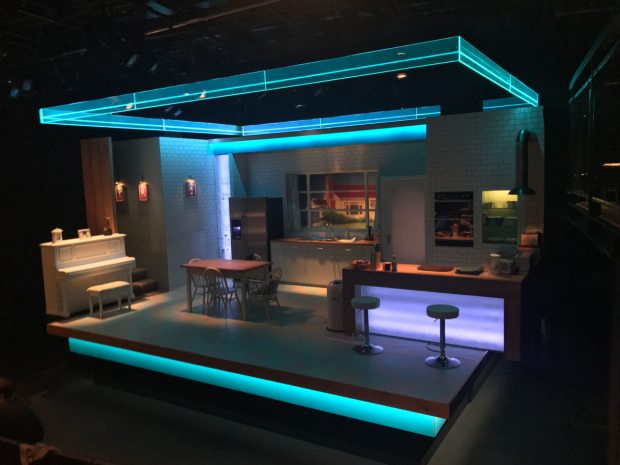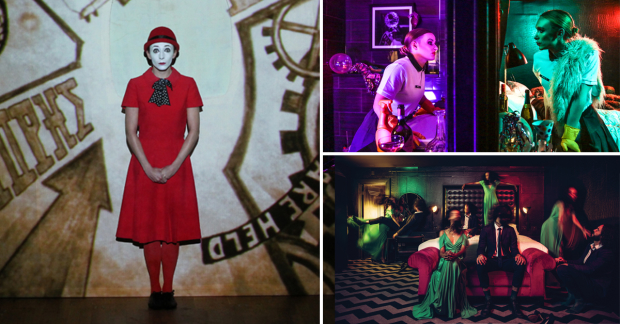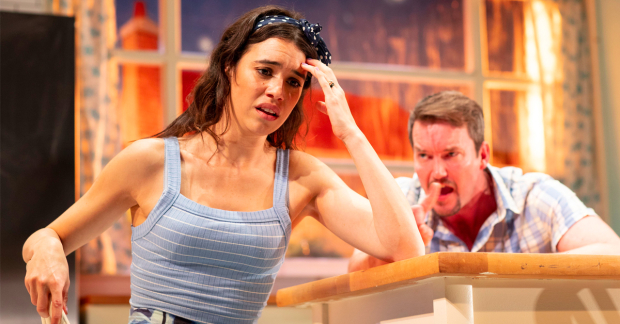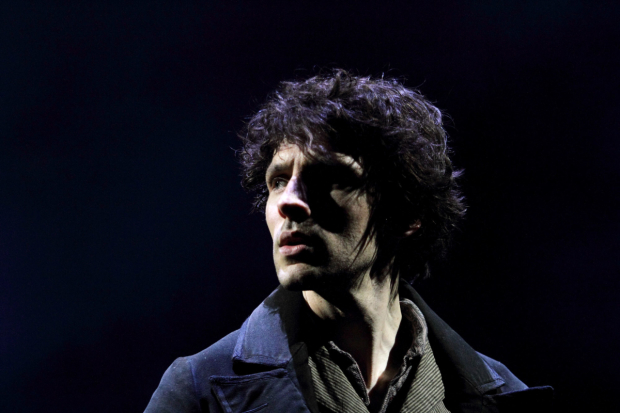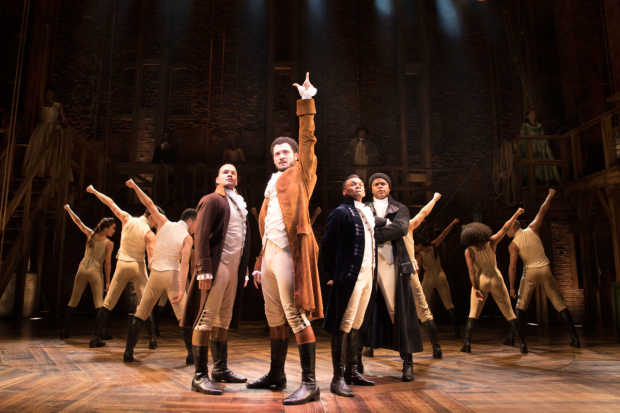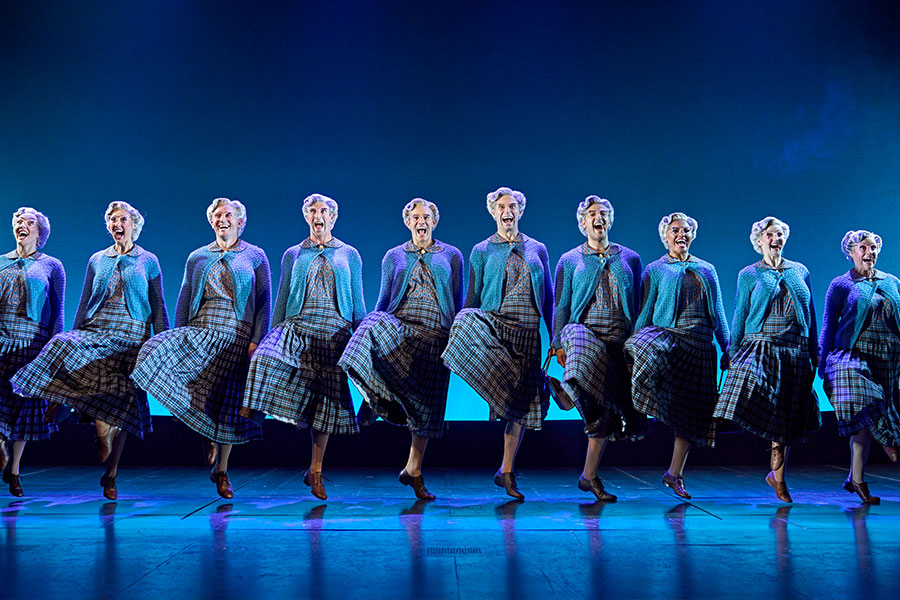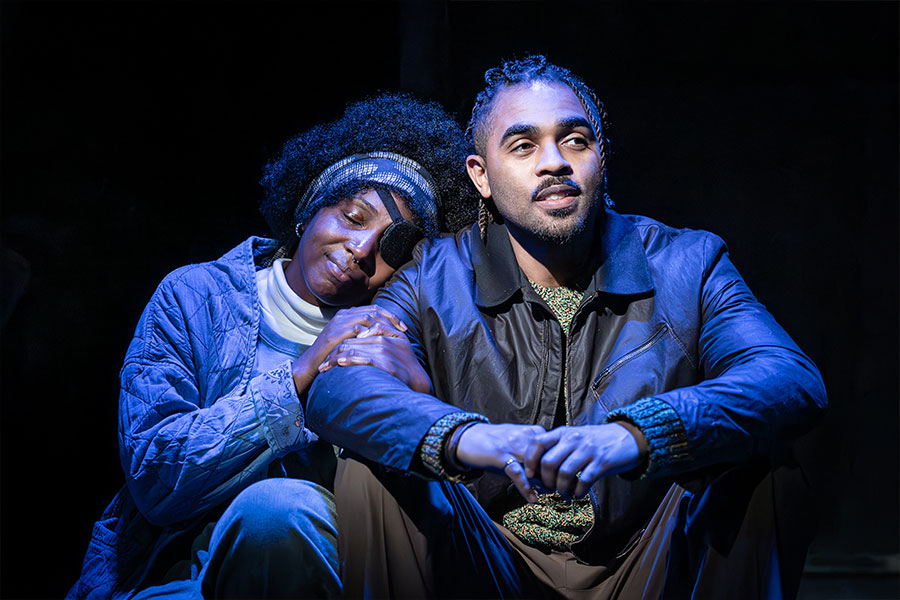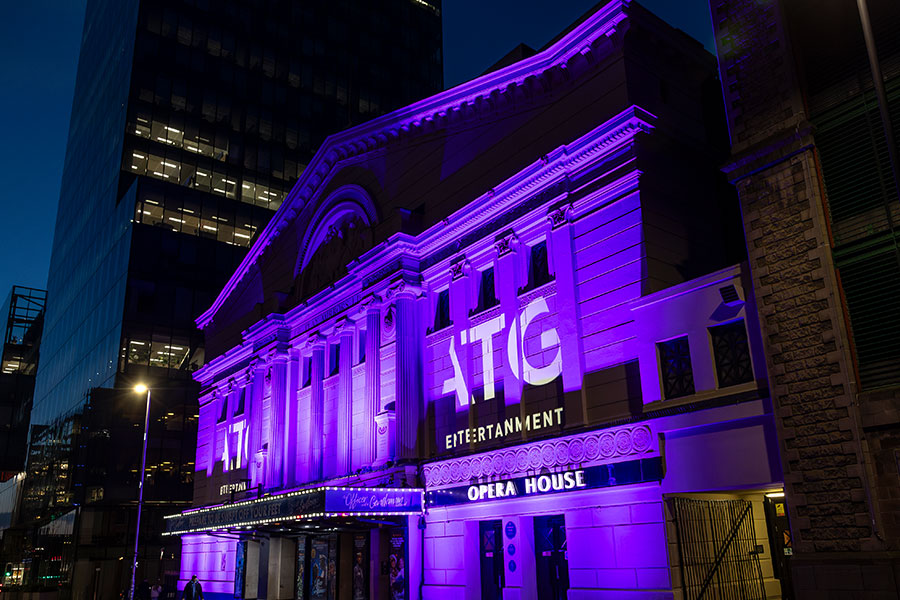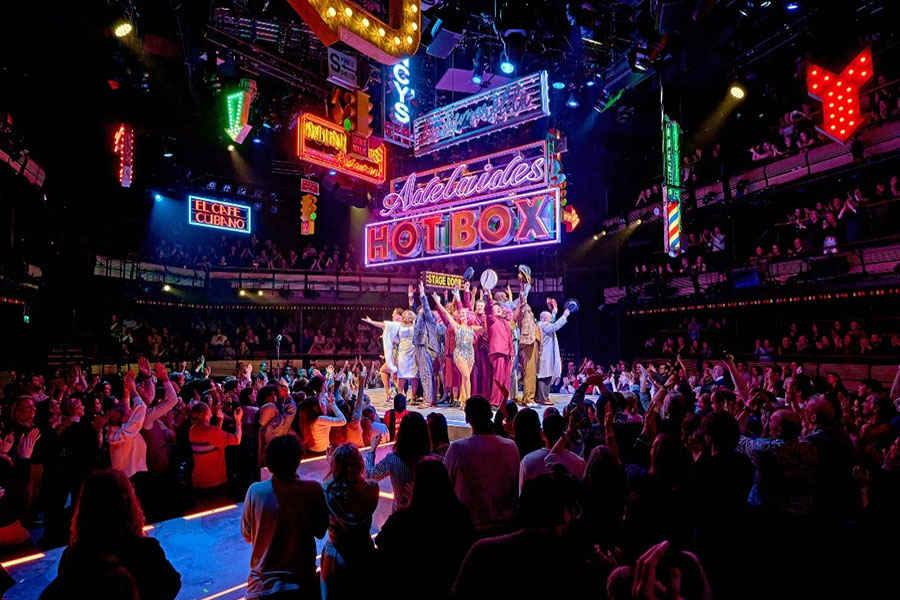Damning the patriarchy in an American suburban home: designing Blueberry Toast
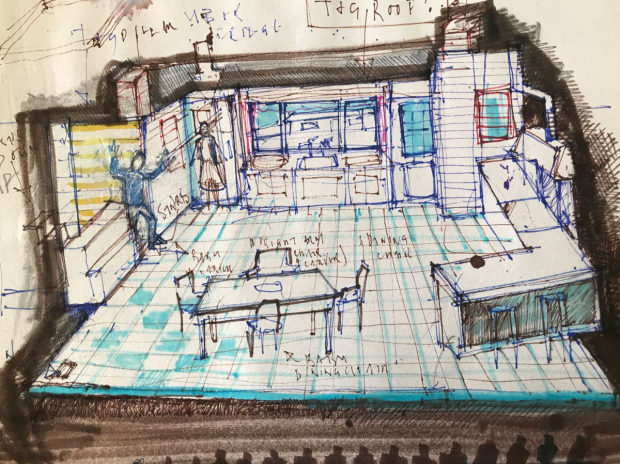
I clearly remember the excitement of reading Mary Law's script for Blueberry Toast for the first time. It's a searing and vital piece of writing. Mary has set the play in the kitchen and diner of an American suburban home, and there are many stage directions and descriptions of this environment that helped us understand the world in which the play is set. It is, however, the drama itself, the characters and their movement on stage that really helped shape our design.
Though the script is wholly contemporary, our approach to the design was no different to that of a classic George Bernard Shaw or a Shakespearean production. It might sound counter-intuitive but my ethos is that it's the script that is central to what we do. The design is a key component to supporting and delivering the most potent experiences of the play. This is a potted interpretation of the Motley approach to design that I embraced as a student and continue to uphold as both a designer and a teacher.
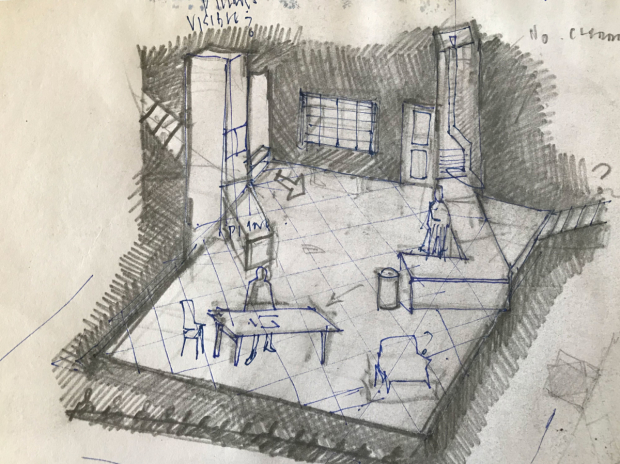
It doesn't mean that the design is secondary or should be the wallflower of a production. Nor does it mean that design should not be beautiful, or flamboyant, or anything that we choose it to be – but the scenery should be an integral part of the experience and not upstage everyone and everything else.
If the audience spends most of the evening looking over the actors' shoulders at our amazing creations, then we – the designers and our collaborators – are probably not doing the right thing.
Through storyboards and moment drawings we were able to thoroughly interpret the play visually, and we were quickly able to explore all the different dramatic options: fridge stage right or stage left? Back door centre or stage left? What about the window position, and the subject or view beyond; how should the kitchen table be positioned in relation to the counter; and the window seat described by Mary Law – did we need it?
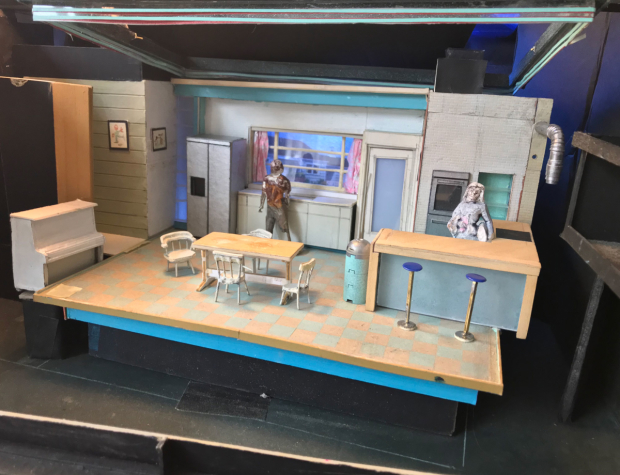
These props are key to the unfolding narrative. I don't believe I have ever designed a set where a door is so dramatically important and yet no one ever walks through it. It is often referenced and, like the toaster, the fridge and the bin, represents a vital component of the drama and its narrative.
We also looked at the entrance from the rest of the house in the context of the children's frenetic comings and goings around a powerful and important entrance in act two.
Our model box helped us think about colours and light, and the nature of the materials we might realise more fully. And of course we considered the relationship between our set, the theatre itself and the audience; what they see in their sight lines from the auditorium.
Steve Marmion, the director of Blueberry Toast, is a great advert for good collaboration. From our initial sketches he would sometimes embrace an idea, but often he would suggest a completely different approach that aligned with his instincts as the production developed in the rehearsal room.
The aesthetic we have embraced is one of clean and perfect suburban Americana. A cool blue and cream backdrop: the perfect foil to the unfolding bloody chaos that follows. It is a canvas evoking '50s perfection that somehow, like a Jackson Pollock, is marked, daubed and desecrated by the shocking action of the characters.
We have strived to create the ideal vehicle for this play and to capture and present a room where, in just over an hour, this hilarious and damning incitement of the patriarchy can unfold in the most vivid and powerful way.
